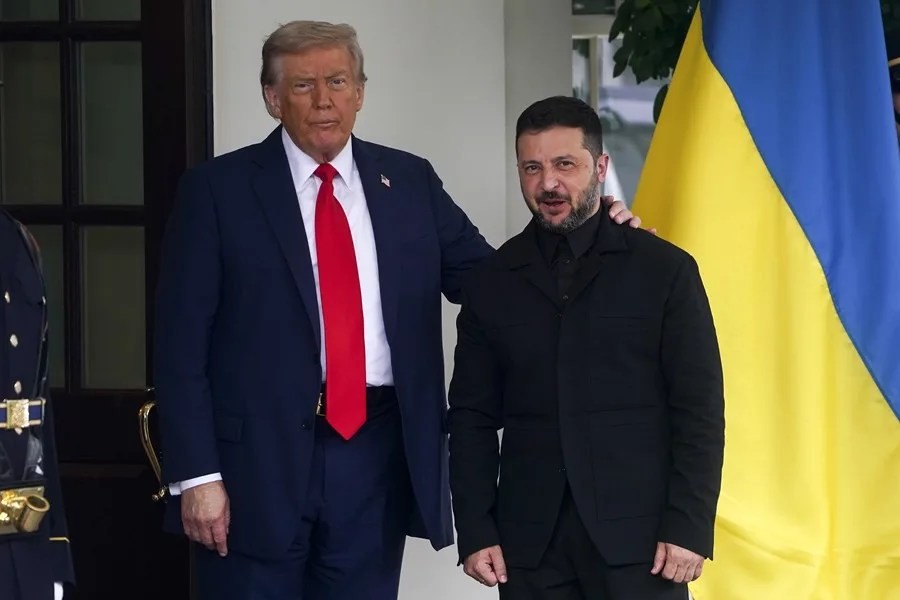Trump’s Attempt to Broker Peace Talks Between Putin and Zelenski: Reality or Political Theater?
President Trump claims to be organizing a meeting between Vladimir Putin and Volodimir Zelenski, but behind the scenes, entrenched geopolitical realities and conflicting agendas threaten to undermine any meaningful progress.

President Donald Trump announced he has begun efforts to arrange a high-stakes meeting between Russian President Vladimir Putin and Ukrainian President Volodimir Zelenski. This declaration came after a Washington gathering of top European leaders alongside Zelenski, spotlighting an ostensible push toward peace in Ukraine. But beneath the grandiose talk lies a complex puzzle that exposes the limits of diplomatic gestures orchestrated from Washington.
Is This Another Illusion of American Leadership or A Path Forward?
Trump’s public statements on social media showcase his eagerness to broker direct talks—first bilateral between Putin and Zelenski, then trilateral with himself. He describes intense discussions about security guarantees for Ukraine involving various European nations coordinated with the U.S., painting an optimistic picture of potential peace breakthroughs.
Yet historical context and subsequent comments from key players highlight skepticism. The Kremlin insists Putin will not negotiate separately with Zelenski unless it leads to a definitive peace deal. European leaders like Germany’s Friedrich Merz demand an immediate ceasefire before any summit can occur. France’s Emmanuel Macron questions Putin’s sincerity about peace, reflecting deep mistrust pervasive in Western capitals.
The core question remains: can Washington-led negotiations produce tangible results when Moscow views concessions as weakness? Or is this high-level parleys merely political theater aimed at projecting American influence during ongoing conflict?
What Are the Stakes for America?
This diplomatic maneuvering unfolds amid America’s strategic need to safeguard national sovereignty and global stability without escalating direct military involvement in Eastern Europe. Trump emphasizes that much of the security burden would fall on European partners rather than U.S. troops—a stance aligning with prudent America First principles avoiding unnecessary engagement abroad while still supporting allies.
However, promises of $90 billion in military aid risk entangling U.S. resources indefinitely with no guarantee of peace or Ukrainian territorial integrity recovery. Meanwhile, NATO leaders’ caution underscores internal fractures over how far America should commit militarily or diplomatically.
For everyday Americans grappling with economic pressures, endless foreign conflicts translate into higher taxes and missed opportunities at home. Is continuing this cycle under vague promises truly serving our national interest, or is it time Washington recalibrates its approach prioritizing pragmatic sovereignty over globalist ambitions?
Ultimately, optimism over talks arranged by Trump must be measured against hard realities: entrenched hostilities, conflicting interests among allies, and reluctance from Russia to yield ground without concrete gains.
How long will Washington waste resources on symbolic diplomacy while neglecting clear-eyed strategies protecting American families? Only vigilant scrutiny and demand for accountability will ensure that peace efforts do not become another costly spectacle.
